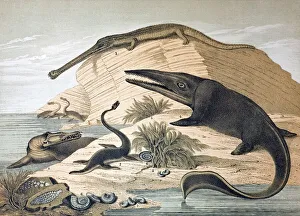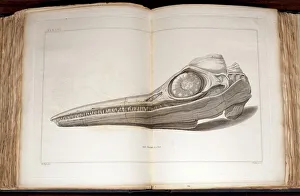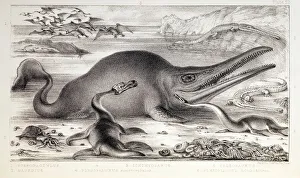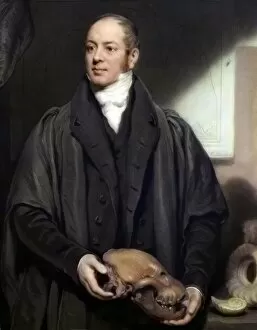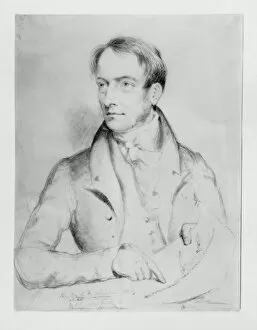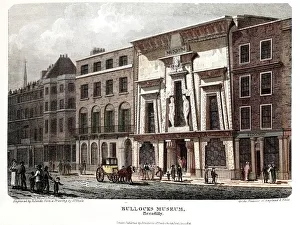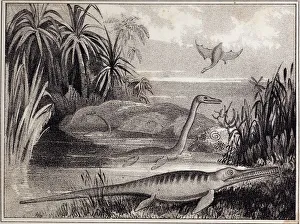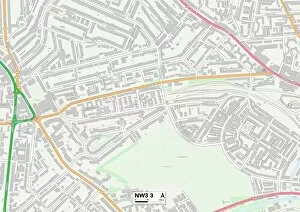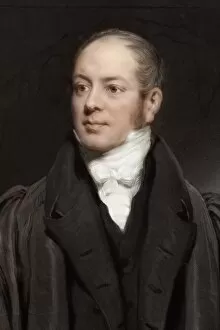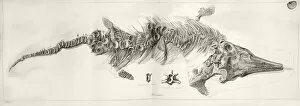Conybeare Collection
Conybeare: Unveiling the Mysteries of Prehistoric Marine Reptiles Step back in time to 1862, when British prehistoric marine reptiles fascinated the world
All Professionally Made to Order for Quick Shipping
Conybeare: Unveiling the Mysteries of Prehistoric Marine Reptiles Step back in time to 1862, when British prehistoric marine reptiles fascinated the world. It all began in 1814, when Mary Anning unearthed the first ichthyosaur skull, igniting a wave of curiosity and scientific exploration. Enter Rev. William Buckland, who brought these ancient creatures to life by revealing their vibrant fossil colors in 1833. But it was William Daniel Conybeare who truly left his mark on history. A renowned British geologist (1787-1857), he became the pioneer in describing and understanding these enigmatic beings. His groundbreaking work shed light on their anatomy and behavior, forever changing our perception of prehistoric marine life. Intriguingly enough, Conybeare's passion for fossils led him to curate an impressive collection at Bullocks Museum in 1816. This treasure trove housed countless curiosities from ages past – including mesmerizing specimens of extinct marine reptiles that captivated visitors from far and wide. Fast forward to 1837, where Dorset unveiled its secrets as a hub for extinct prehistoric animals. The region's rich geological landscape provided fertile ground for Conybeare's research and discoveries – unearthing new species like Temnodontosaurus platyodon (Conybeare). These findings expanded our knowledge of this lost era even further. Today, you can explore this captivating chapter of history yourself with a visit to Camden NW3 3 Map – a place where echoes from the past still resonate. Immerse yourself in Reverend William Buckland's awe-inspiring fossil collection from 1833 or delve into Conybeare's meticulous descriptions that continue to shape our understanding today. So come along on this journey through time as we unravel the mysteries surrounding "Conybeare" and the mesmerizing world of prehistoric marine reptiles.

